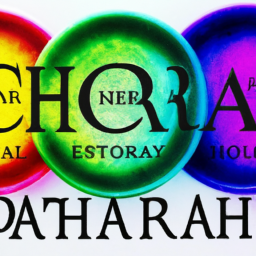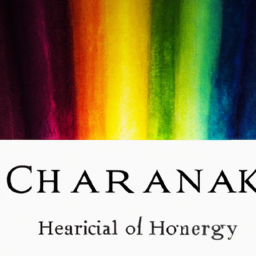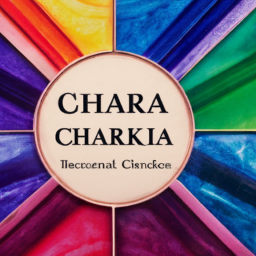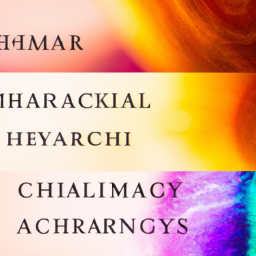In traditional eastern medicine and spiritual practices, the concept of chakras has been widely recognized as an essential aspect of balancing one’s mind, body, and spirit. Chakras, which translates to ”wheels” in Sanskrit, are believed to be energy centers within the body that correspond to different physical, emotional, and spiritual aspects of our being.
There are seven main chakras in the body, each located along the spine from the base to the crown. Each chakra is represented by a specific color, symbol, and element, and is associated with particular organs and glandular systems. In this article, we will explore the different types of energy chakras and their significant roles in maintaining our overall well-being.
Root Chakra (Muladhara)
The first chakra, also known as the root chakra, is located at the base of the spine. It is represented by the color red and is associated with the element of earth. The root chakra represents our sense of security, stability, and survival instincts. It is linked to our adrenal glands, which are responsible for regulating our fight or flight response.
Sacral Chakra (Svadhishthana)
The second chakra, or the sacral chakra, is located just below the navel and is represented by the color orange. It is associated with the element of water and represents our ability to feel pleasure, enjoy life, and express creativity. The sacral chakra affects the reproductive organs and is believed to be responsible for our sexual energy.
Solar Plexus Chakra (Manipura)
The third chakra, known as the solar plexus chakra, is located between the navel and the sternum. It is represented by the color yellow and is associated with the element of fire. This chakra is linked to our self-confidence, willpower, and personal power. It is also connected to our digestive system and metabolism.
Heart Chakra (Anahata)
The fourth chakra, also known as the heart chakra, is located in the center of the chest and is represented by the color green. It is associated with the element of air and represents our ability to love and form meaningful connections with others. This chakra is linked to our heart, thymus gland, and immune system.
Throat Chakra (Vishuddha)
The fifth chakra, or the throat chakra, is located in the throat region and is represented by the color blue. It is associated with the element of sound and is responsible for our ability to communicate effectively, express ourselves, and speak our truth. The throat chakra affects our thyroid gland, which regulates our metabolism and energy levels.
Third Eye Chakra (Ajna)
The sixth chakra, known as the third eye chakra, is located between the eyebrows and is represented by the color indigo. It is associated with the element of light and represents our intuition, wisdom, and spiritual awareness. The third eye chakra is linked to our pituitary gland, which is known as the “master gland” in the endocrine system.
Crown Chakra (Sahasrara)
The seventh chakra, also known as the crown chakra, is located at the top of the head and is represented by the color violet or white. It is associated with the element of thought and represents our connection to the divine, higher consciousness, and spirituality. The crown chakra is linked to the pineal gland, which is responsible for regulating our sleep-wake cycle.
These seven main chakras work together to create a harmonious flow of energy within our body. When one or more chakras are blocked or imbalanced, it can lead to physical, emotional, and spiritual issues. Therefore, it is essential to maintain a balanced and healthy state of all chakras through various practices such as meditation, yoga, and energy healing techniques.
In conclusion, understanding the different types of energy chakras and their roles in our well-being can help us take control of our lives and find inner balance and harmony. By working on aligning and balancing these chakras, we can create a healthier and more fulfilling life for ourselves.





Interesting. I never knew that chakras can help release energy.
CindyArrow: Fascinating! I look forward to learning about the various types.
Awesome! This is going to be a great learning experience!